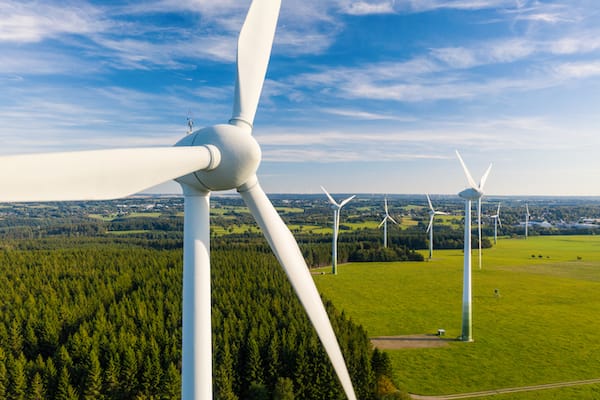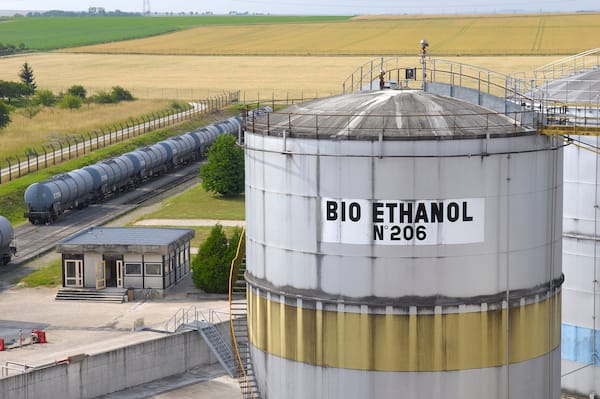Renewables

01
Solar panels
Many different solvents are used to make solar panels, from the adhesives that bind them together to the fluids that clean them. Solvents are also used to make high performance, thin-film solar panels, which are more efficient than most current ones.

02
Wind Turbines
Coatings
Solvent-based coatings containing methyl ethyl ketone (MEK) or hydrocarbon solvents help protect the supporting columns and blades of wind turbines in the North Sea.
Adhesives
Wind turbine blades are usually made from special fibre-reinforced plastics produced in special moulds. The moulds make two halves that are then glued together with solvent-based adhesives. Glueing the two halves together helps keep the blade lighter and lowers air resistance, making the wind turbine more efficient.
Lubricants
Several lubrication points in a wind turbine include a gearbox, open gear, pitch gear, pitch bearing, rotor shaft, yaw bearing, yaw gear, hydraulic systems, and generator bearings. These points require various lubricants such as gear oils, hydraulic oils and greases. Glycol ethers and hydrocarbon solvents are used as intermediates to manufacture those lubricants.
Recycling composite waste
Solvolysis is a chemical treatment where solvents (water, alcohol and/or acid) are used to break the matrix bonds at a specific temperature and pressure. Solvolysis with super-critical water seems to be the most promising technology since both fibres and resins can be retrieved without major impacts on their mechanical properties. To date (2022), only the carbon fibres are recycled through solvolysis.

03
Bioethanol
Bioethanol fuel is mainly produced by the sugar fermentation process. The main sources of sugar required to produce ethanol come from fuel or energy crops. These crops are grown specifically for energy use, and the most used feedstocks in Europe are corn, sugar beet and wheat. The ethanol production process includes several steps: extraction, fermentation, distillation and dehydration. Solvents are used in all of them.



